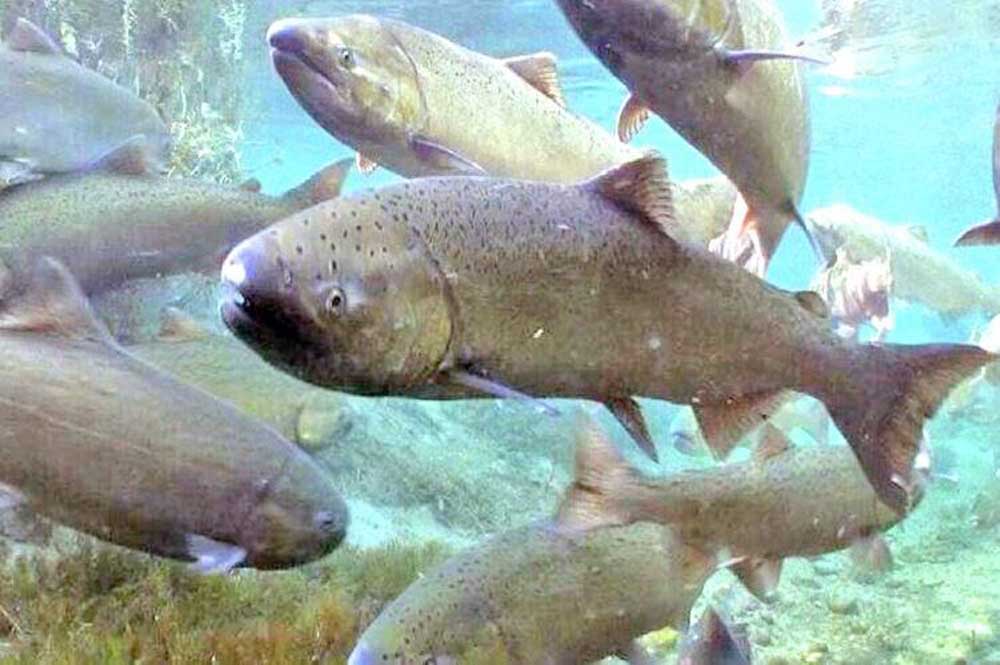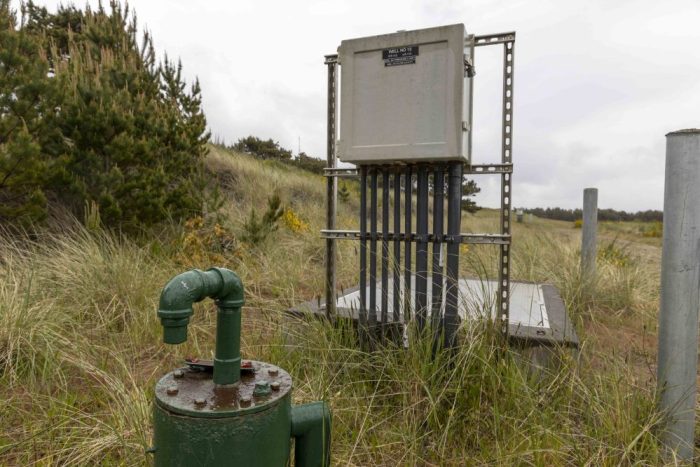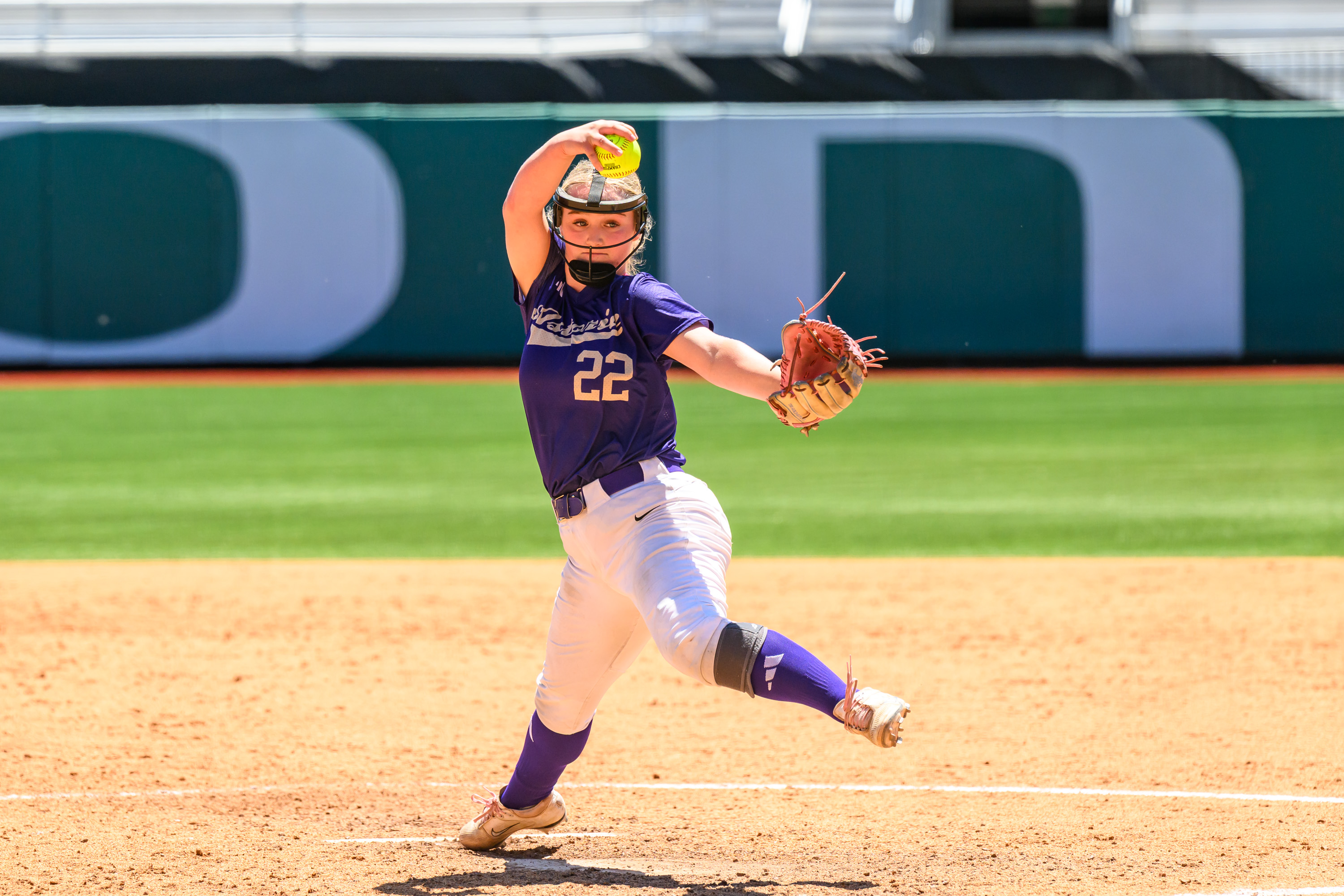Our View: Let us not accept the end of salmon
Published 12:30 am Thursday, September 7, 2023

- Salmon face mounting challenges as a gyrating climate brings heavy rain one year and little the next.
“Will the last person leaving SEATTLE — Turn out the lights” was an infamous billboard in 1971 when the city was in an economic tailspin. Suspicions of similar relentless decline surround salmon in unusually dry 2023.
It ought to go without saying that salmon can’t live without water. There’s usually plenty of pure, fresh water in our region — a natural asset of infinite value. This year, we’ve had a taste of what it might be like to live in a drier Pacific Northwest.
Nowhere is this more obvious than in the Cowichan River watershed on normally sodden south Vancouver Island. A “mass death” event there this summer killed countless cold-water salmon and trout.
“There’s a lot of talk about climate change, but living here, it’s undeniable. … The event is still under investigation. But if there was more water in the river, if it wasn’t this hot, the impacts would have been less. Salmon are cold-water species. Things may not have in the past tipped them over the edge. Now they do,” said Tom Rutherford, a salmon biologist and executive director of the Cowichan Watershed Board.
Here on the Columbia River estuary, we’ve been spared species die-offs — so far as we know. But it has been undeniably dry. This May through July was the driest three months in recorded history in Pacific County, Washington, and the fourth driest in Clatsop County. Since 2015, May-July precipitation has mostly been well below the 20th century average in both counties — with the notable exception of 2022, when it was very wet.
Scientists who try to predict what our climate might be like decades from now express a consensus that the maritime zone of Washington state and Oregon will be relatively safe from drought. And yet wild swings from one year to the next — as in 2023 and 2022 — would certainly prove deeply challenging to salmon, steelhead and all species that evolved in a consistently cool and rainy place.
With a certain fatalism, advocates for the Cowichan’s health are looking to keep more water in the river, avoid contamination and control stream temperatures by preserving shade trees. All this and much more has been tried at a cost of billions to aid species in our vast Columbia-Snake watershed — but our salmon runs remain a pale shadow of what they once were.
Of course, we now know that Seattle wasn’t destined to become a ghost town in the ’70s, nor are many native salmon runs inevitably doomed to extinction. Everything we do provides an incremental bit of resiliency for salmon to survive the bad years, spawning to swim another day. All the money, all our efforts, will be a small price to pay if we can nurture these iconic fish to make it into our great-great-grandchildrens’ time, when perhaps better survival strategies will be developed.
It will be a shameful and sad thing indeed if salmon meet the fate of the passenger pigeon and other 19th century species that passed out of existence.
There have been so many losses, so many extinctions. Let us not accept the end of salmon.





